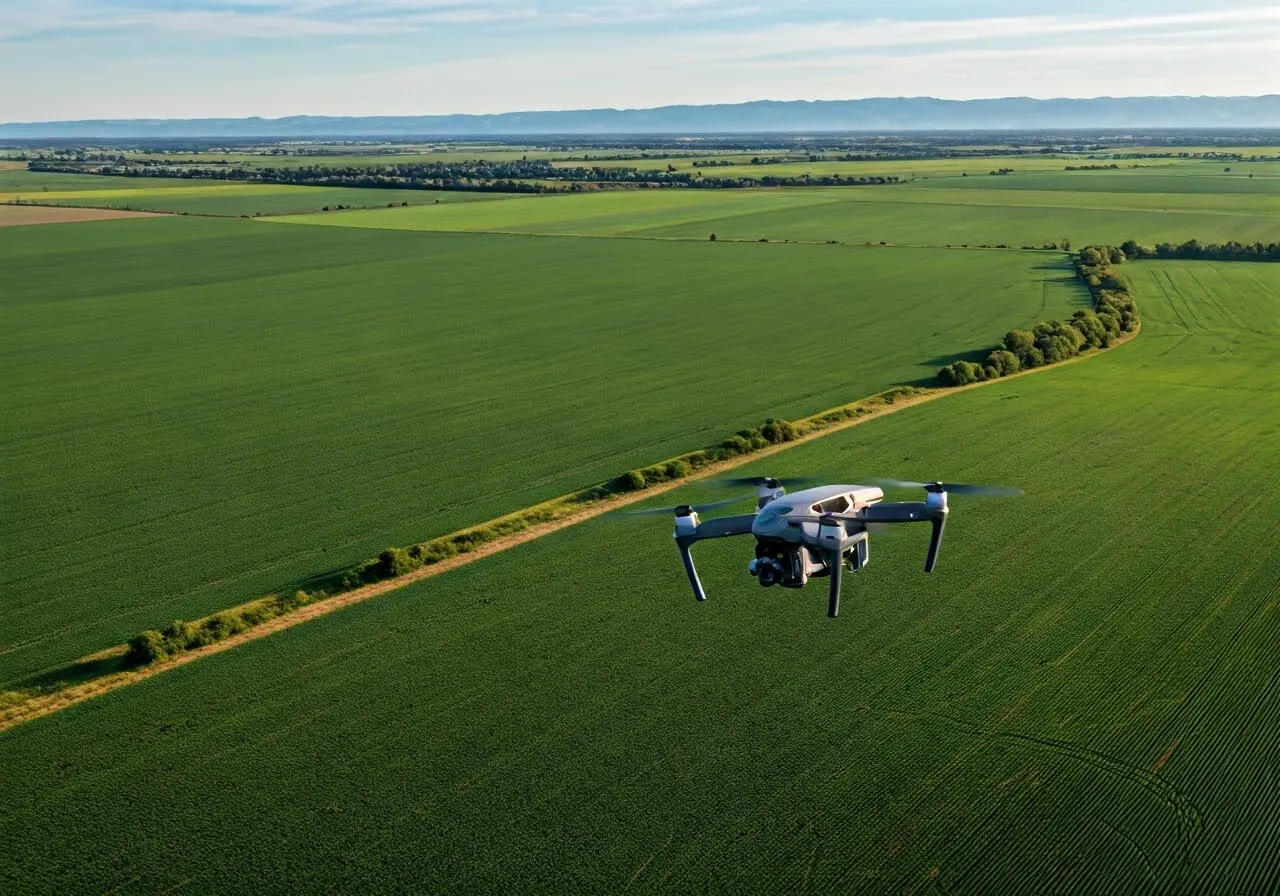
How Do Crop Analysis Drones Improve Agricultural Efficiency?
Share
In recent years, technology has taken a firm hold on agriculture, and one tool that’s at the forefront is the crop analysis drone. These drones are revolutionizing the way farmers manage their fields and improve efficiency. In this post, we’ll explore how these high-flying helpers are changing the agricultural landscape.
What Are Crop Analysis Drones?
Crop analysis drones are unmanned aerial vehicles equipped with sensors and cameras designed to monitor crop health. They provide farmers with vital data that can be used to make informed decisions about their crops.
These drones are specially tailored for agricultural use, deploying state-of-the-art technology that allows for a holistic understanding of a farm’s needs. By capturing detailed images and readings, they offer insights that traditional methods can’t provide.
Moreover, crop analysis drones often come with software that enables real-time data processing, empowering farmers to act quickly. Whether it’s detecting early signs of disease or analyzing soil conditions, these drones open up new possibilities for precision agriculture.
How Do Drones Collect Data?
These drones capture high-resolution images and utilize advanced sensors that can assess crop health by measuring factors like plant stress, soil moisture, and nutrient needs from above.
The onboard sensors, including multispectral and hyperspectral cameras, play a crucial role in gathering the necessary data to evaluate crop conditions accurately. This information is then used to map entire fields, highlighting areas that may require attention.
Data collection is not only limited to visual imaging. Drones can also be equipped with thermal and LIDAR sensors, which offer insights into canopy temperature variation and three-dimensional field mapping, respectively.
Thanks to cloud processing services, this data can be uploaded and analyzed almost instantly, providing farmers with actionable insights in record time.
Benefits of Using Drones in Agriculture
Drones offer numerous benefits, including saving time on manual inspections, reducing the need for physical resources, and increasing the accuracy of data collection, which ultimately leads to better crop management and increased yields.
One key advantage is the ability to cover large areas quickly. Where manual inspections might take days, drones can scan vast stretches of farmland in just a few hours.
Additionally, drones reduce costs associated with manpower and equipment. By pinpointing problem areas, they allow farmers to target interventions specifically where needed, leading to better resource allocation.
The precision of drones also means less wastage of water, fertilizers, and pesticides, thereby promoting more sustainable farming practices.
With the insights gained from drone data, farmers can optimize harvest times and improve crop rotation strategies, contributing to long-term productivity gains.
How Do Drones Improve Efficiency?
By providing quick, reliable data, drones help farmers identify issues early, plan precise interventions, and optimize resource usage, thus improving overall farm efficiency and productivity.
Efficiency is achieved through a cycle of constant monitoring and feedback. With each flight, drones deliver real-time updates that help farmers make immediate decisions, reducing downtime and maximizing workforce effectiveness.
For operations that depend on timing, such as irrigation and pest control, drones ensure every second counts. They help minimize delays by highlighting exactly when and where to act, leading to more efficient field operations.
Future of Drones in Agriculture
The future holds exciting possibilities with advancements in drone technology, including AI-driven analytics and greater integration with other smart farming tools, paving the way for even more innovative agricultural practices.
As artificial intelligence continues to evolve, drones are likely to feature more autonomous capabilities, allowing them to conduct operations with minimal human intervention while utilizing machine learning to predict crop outcomes.
Furthermore, the synergy between drones and analytics software could give rise to predictive farming models, offering farmers forecasts and scenarios to further hone their strategies.
Ultimately, these technological enhancements will encourage larger-scale adoption, as farmers recognize drones as an integral part of modern agriculture.
Embracing the Future of Farming with Drones
Crop analysis drones are transforming agriculture by providing precise data, saving time and resources, and ultimately boosting crop yields. As technology evolves, these drones will continue to be a valuable asset for farmers aiming for greater efficiency and sustainability in their farming practices.

